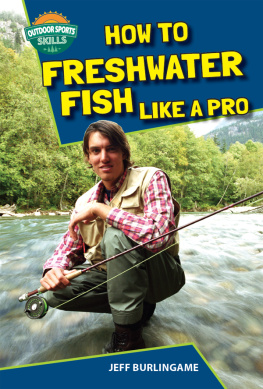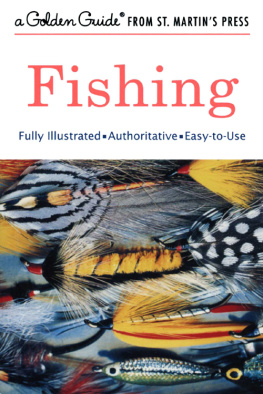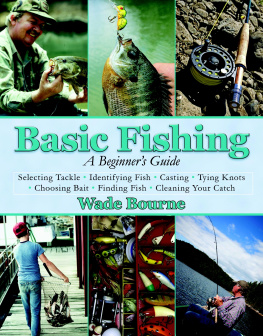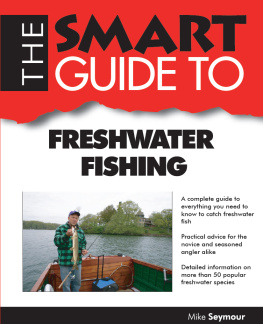
To buy books in quantity for corporate use or incentives, call (800) 962-0973 or e-mail premiums@GlobePequot.com.
FALCON GUIDES
Copyright 2014 Morris Book Publishing, LLC
ALL RIGHTS RESERVED. No part of this book may be reproduced or transmitted in any form by any means, electronic or mechanical, including photocopying and recording, or by any information storage and retrieval system, except as may be expressly permitted in writing from the publisher. Requests for permission should be addressed to Globe Pequot Press, Attn: Rights and Permissions Department, PO Box 480, Guilford CT 06437.
FalconGuides is an imprint of Globe Pequot Press.
Falcon, FalconGuides, and Outfit Your Mind are registered trademarks of Morris Book Publishing, LLC.
Project editor: Julie Marsh, Staci Zacharski
Layout: Mary Ballachino
Library of Congress Cataloging-in-Publication data is available on file.
ISBN 978-0-7627-9266-5
Printed in the United States of America
10 9 8 7 6 5 4 3 2 1
The author and Globe Pequot Press assume no liability for accidents happening to, or injuries sustained by, readers who engage in the activities described in this book.
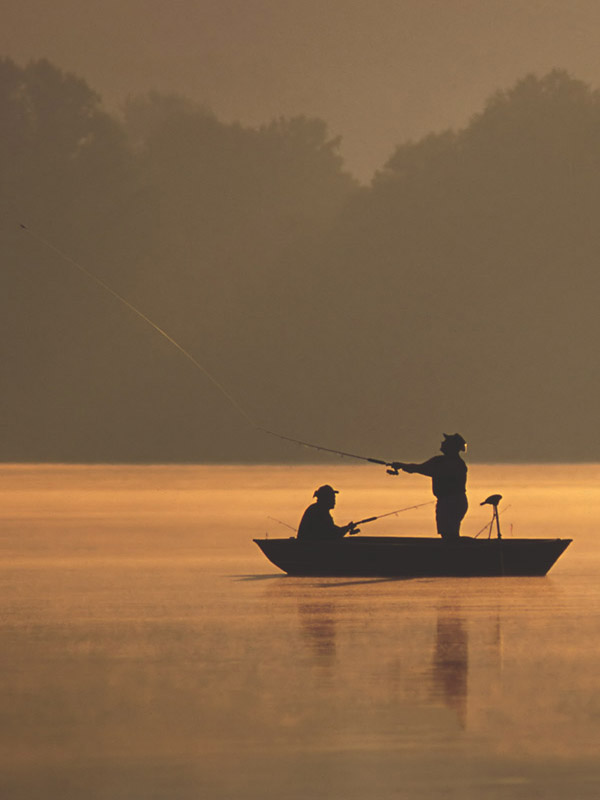
Choosing Your Fishing Style
The first question you need to ask yourself is: Am I baitfishing, spincasting, or fly fishing? Each style has its virtues, strengths, and rewards. Don't listen when an angler tries to argue that one method of fishing is inherently superior to another. They're preaching on behalf of a style that works for them; it doesn't mean it's necessarily going to work for you.

SHUTTERSTOCK / STEVE BRIGMAN; FACING PAGE: SHUTTERSTOCK/MICHAEL G. MILL
Are you a true beginner, and just want to go catch a fish? Is there a bass pond out the back door that looks inviting? Baitfishing might be the way to go. Do you want to introduce your children to fishing without having them become overly frustrated by the experience? Again, baitfishing might be the best choice.
Later, having caught a few fish and wanting more control over how you fish a particular piece of water, you should perhaps take a look at spincasting. You can target particular species and sizes, make more controlled casts, and find the satisfaction that comes from matching exactly the right lure with exactly the right fish.
Later still, having caught a satisfying number of fish and having spent enough time on the water that you've become intrigued by the habitat and the food sources, fly fishing offers an entirely new portfolio of challenges. For most fly fishers, catching fish is almost incidental to the acquisition of various skill sets. Having presented yourself with certain challenges (learning new casts, tying new flies, etc.), catching a nice fish becomes evidence of success, not necessarily success in itself.
Having made your first, crucial decision, you can then proceed to making more informed choices regarding rods and reels, baits, and lures. Everything follows from these first choices.
Before setting out to the store, here are some questions to consider:
Have I ever fished before?
Will I be keeping the fish I catch?
Am I fishing with children? Inexperienced adults?
Am I fishing in moving water or in still water?
Will I be using a guide to help me along?
In making your choice, think as well about the places you'll want to fish and the type of fish you anticipate catching.

The most traditional bait of allearthwormsis quite often the most effective. SHUTTERSTOCK / JPS
Baitfishing
Criteria
For those just getting started with fishing, baitfishing provides (arguably) the easiest way to begin spending time on the water. And certainly for kids, baitfishing makes for a smoother introduction. A Styrofoam cup full of night crawlers, a cheap rod and reel from your corner sporting goods store, a hook and a bobber, and a backyard pond next thing you know, you're fishing.
While baitfishing is more dependable in terms of potential action (fish will hit a worm or minnow long after they've rejected every other lure), there is a trade-off. Baitfishing tends to be a bit harder on the fish. Fish will have a greater tendency to swallow a hook with a worm on it than an equivalent hook dangling below a spoon. So if you're planning on releasing your catch, it's a good idea, at the very least, to flatten the barbs on your hooks or even consider transitioning to a spinning outfit. If a fish does swallow the hook and you still want to release it, the common wisdom maintains that it's better to cut the line and leave the hook in the fish's belly. Chances are good that the metal will rust loose without further harming the fish.
Baitfishing also tends to be a bit more suited to still-water fishing than moving water.
Rods and Reels
Women's Gear
In the early years of gear innovation, it was impossible for women to find rods that easily fit their hands or waders that were tailored to their forms. Thankfully, the fishing industry has woken up and now provides, in almost every category, gear that is targeted specifically toward women.
Baitcasting reels of various sizes should be matched with an appropriate rod to create a balanced outfit. Most baitcasting reels range from 6 to 9 ounces in weight but can differ in line capacity, gearing, and number of ball bearings. With many quality models, you can choose combinations of weight, line capacity, gearing, and cranking power. The varying sizes of conventional reels also depend on their application and differ mainly in their line capacity and gearing.
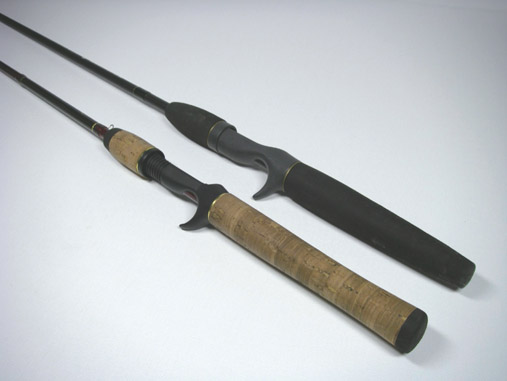
A pistol-grip rod works well for one-handed casting. BRUCE CURTIS
Just about any kind of line works with most baitcasting reelsmonofilament and superbraids or other superlines. This gives the angler a significant range of performance, depending upon the kinds of lures or rigs being used. Most conventional reels are loaded with monofilament line. Some baitcasters also have quick-remove spools, in case you need to switch quickly from monofilament to braided line. Braided line is ideal for heavier-duty applications, such as when you're fishing from boats and using bottom rigs for big fish.
When it comes to rods, the target fish species and lure selection often dictate the length and action of a baitcasting rod. Most baitcasting rods range from 5 feet to 7 feet, depending upon the casting distance and fish-fighting strength you need. The bigger the fish, the bigger the rod you should use. Rods with a trigger grip underneath the reel seat and short handle are designed specifically for one-handed casting.
Spincasting
Criteria
You've been around fishing a bit, and you're interested in taking it to the next level: exploring different lures, matching different styles of casting with different water types and scenarios. From your time with baitfishing, you have a feel for an appropriate casting motion. Based on your time on the water, you're also a bit more conservation-minded, interested in releasing more fish than you keep. It's time to move to a spinning outfit.
Next page

